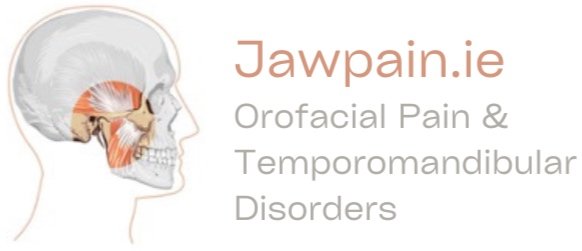How do you diagnose TMJ Disorders
The first stage of the diagnostic process involves a consultation which focuses on the patient’s description of symptoms, combined with a thorough medical, dental and social history. This is followed with a clinical examination of the teeth, jaw, face, head, and neck.
Orofacial pain can be a symptom of many other conditions such as sinus disease, migraine / cluster headaches, trigeminal neuralgia, and dental disease. It is imperative to appreciate normal anatomy in order to understand the pathological processes that affect the TMJ. Imaging studies such as jaw radiographs, CT scans or MRI may also be necessary. A CT scan can provide detailed images of the bones of the joint, and MRIs can reveal problems with the joint's disk.
Disorders of the TMJ and Orofacial pains generally fall within the remit of dentistry. However due to the multifactorial origin, a team based approach is often utilised in the management of these disorders.

